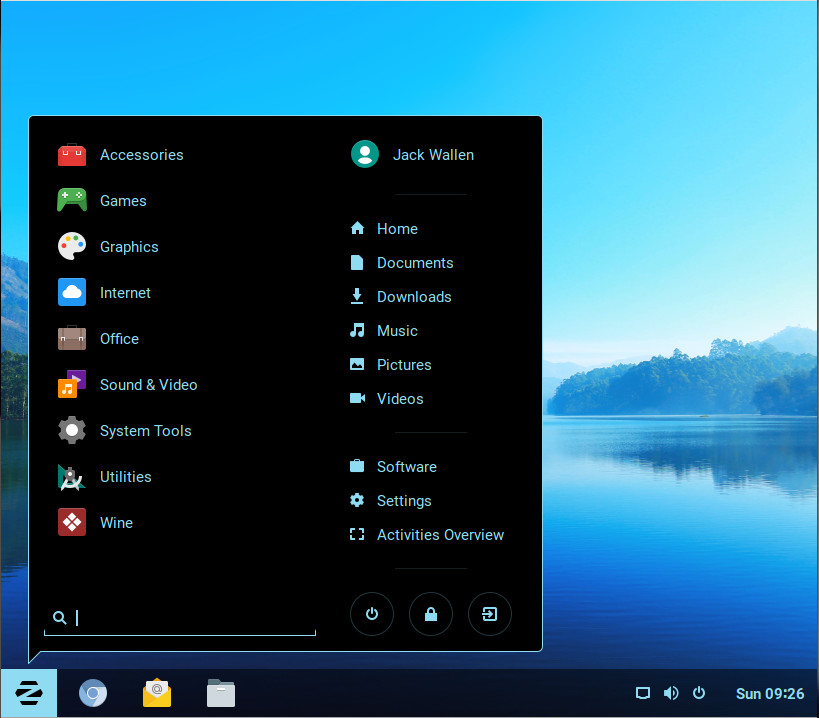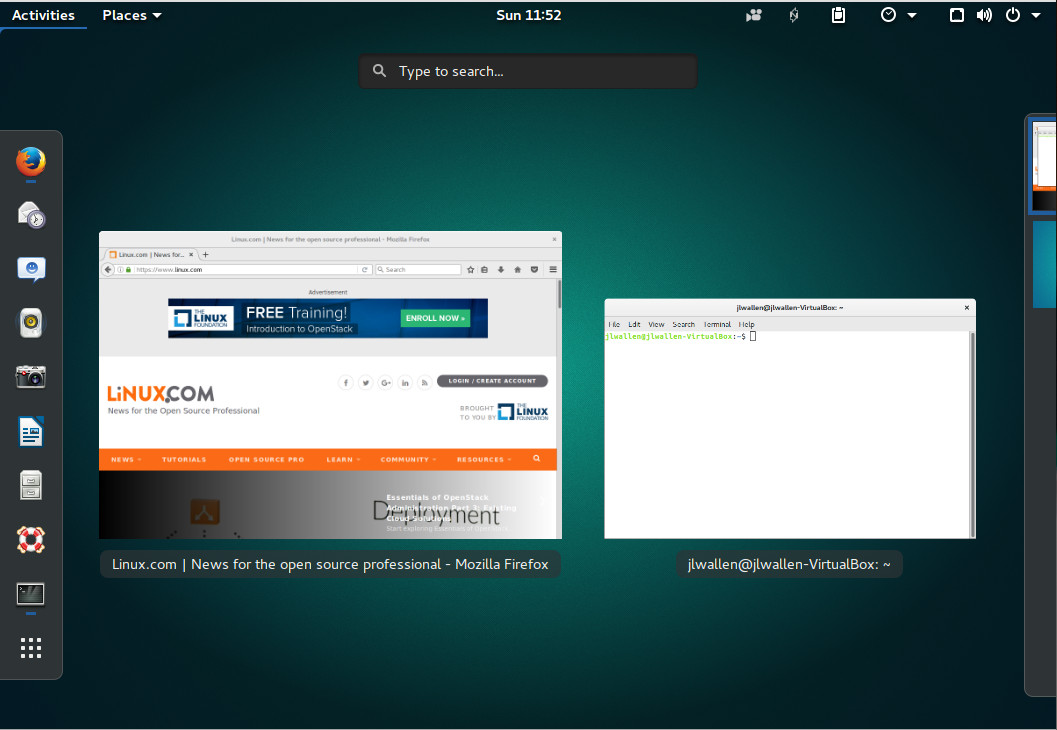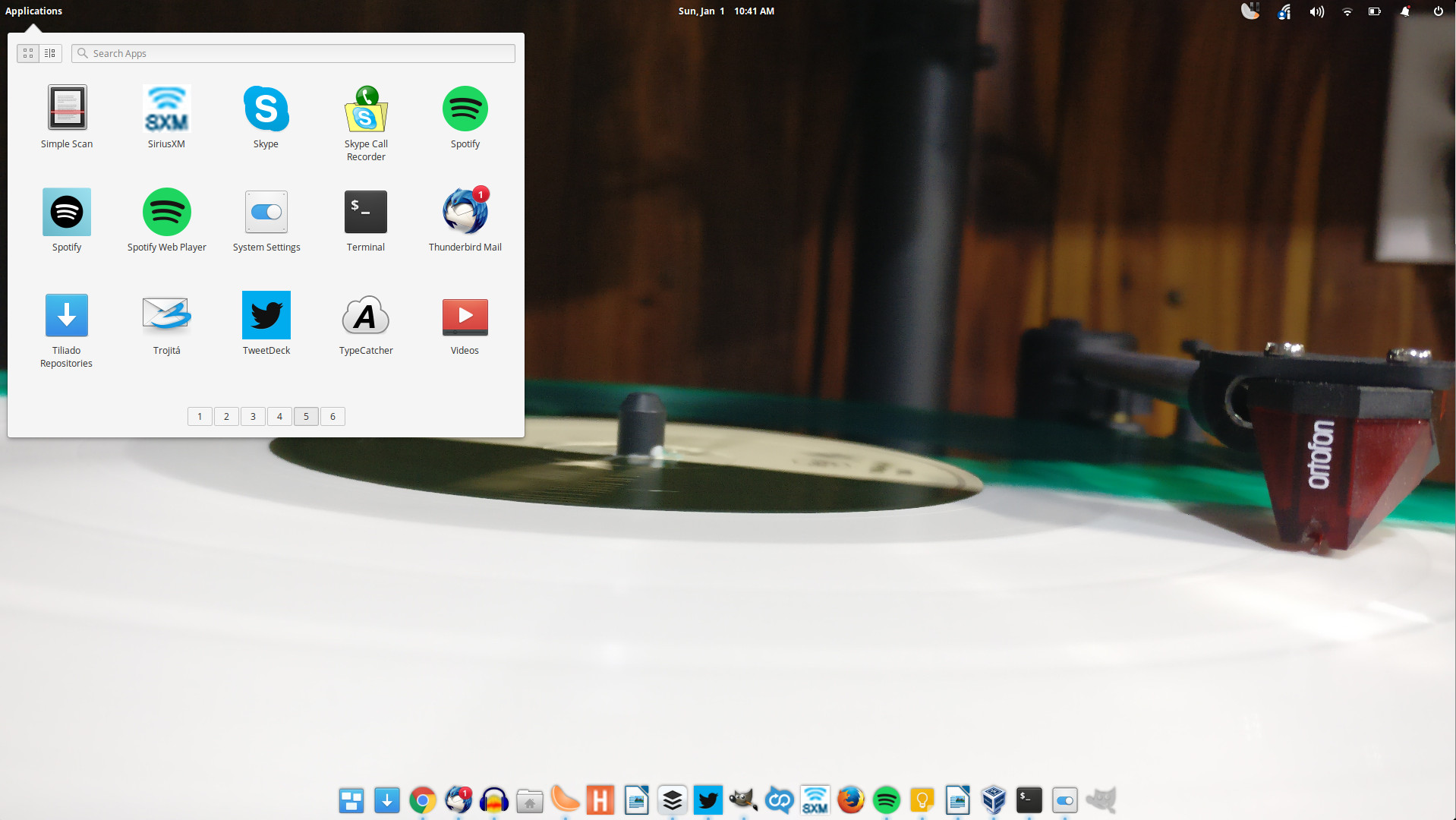Ah, the age-old question…one that holds far more importance than simply pointing out which Linux distribution is a fan-favorite. Why is that?
Let me set the stage: You have a user—one who has, most likely, spent the majority of their time in front of either a Windows or Mac machine—and they’ve come to you for an alternative. You want to point them in a direction that will bring about the least amount of hiccups along the way and highlight the power and flexibility of Linux.
But, remember, the single most important aspect is that they must get it, out of the box.
That’s why we often take the time to point out which distributions are best designed for new users — because bringing new users into the mix is the best way to spread the word and grow the base.
With that said, what are the best distributions for new users? I’m going to take a bit of a different approach this time and point out which distributions would be best for users coming from different environments. You can also check out my list of best distros for 2017.
From Windows 7 to Linux: ZorinOS
When Windows 8 rolled out, there was a reason so many wanted to stick with Windows 7—familiarity. Users had been working with the same desktop metaphor for decades and they had no desire to migrate to the more touchscreen-centric platform of Windows 8. So, what distribution do you turn to for that? You first must consider desktop environment. Why? Because that is where you immediately hook those Windows 7 users. And what better distribution for such a task than ZorinOS?
ZorinOS was designed specifically as a replacement for Windows (and Mac) computers, so it goes a very long way to replicate the look and feel of those desktops. In fact, you’d be hard-pressed to find a Linux distribution that does as good a job of making the transition from Windows 7 to Linux—while still retaining that which makes Linux such a powerful, flexible platform.
Beyond the desktop environment (Figure 1), ZorinOS is based on Ubuntu, so under the hood, everything is going to just work (so there’s little need to worry their hardware won’t be detected). Couple that with the readily available software and you have the perfect distribution for new users coming from Windows 7.

Do note, however, there are two versions of ZorinOS: Zorin Ultimate and Zorin Core. While Core is free, it doesn’t include nearly the amount of software that you’ll find in Ultimate. If you want an out of the box distribution that will please anyone coming from Windows 7, I highly recommend purchasing Zorin Ultimate (for approximately $20.00 USD). Of course, if you don’t want to splurge for the Ultimate edition, you can always install nearly everything you need from the included Software package management tool.
From Windows 8 to Linux: Ubuntu GNOME
The shift to Windows 8, brought about a very touchscreen-centric environment that changed the way users interact with their machines. The old metaphor of Star Menu/Panel/System tray was replaced with an interface that shined in a touchscreen environment. If you’re looking for the best environment to give a new-to-Linux user something different, yet still function as a best-in-breed should, look no further than Ubuntu GNOME.
Ubuntu GNOME is a best of two worlds amalgamation between Ubuntu and GNOME (Figure 2). Replacing the Unity interface with a desktop that is equal parts modern elegance and user-friendly simplicity, Ubuntu GNOME shouldn’t cause much in the way of issues for any user coming from Windows 8. Not only does this distribution lay its foundation on the latest LTS release of Ubuntu (so support will last), it makes use of the latest stable release of the GNOME desktop—which means the user will enjoy an incredibly solid experience.

From Mac to Linux: Elementary OS
Without a doubt, the hands-down winner for this category is Elementary OS. Although Elementary does an incredible job of looking and feeling like an OS X desktop, it is much more than that. Elementary OS is, at its very heart, Linux—it just happens to have taken a cue from OS X for many of the design elements.
Any Mac user would feel immediately at home on the desktop environment (Figure 3). With an all-too familiar doc and the inclusion of an applications menu, Elementary OS always stands at the top of my best-of distribution list. And, if we’re talking about Mac users, there is no better drop-in replacement than Elementary OS.

One thing that Mac users will greatly appreciate is how great a job the Elementary OS developers have done keeping design consistency throughout the desktop. From the dock, panel, menus, and included applications, you will not find a single element that doesn’t look and feel like it belongs.
There is one caveat that I would add to Elementary OS. You’ll need to install a sufficient browser (as it “ships” with Epiphany—a browser not widely supported by many necessary sites) and you’ll want to install LibreOffice from the downloadable package from the official LibreOffice site (as the package found in the Elementary OS AppCenter is a bit out of date).
From Android to Linux: Ubuntu
This may seem like a bit of a stretch, but considering how dominant Android is within the global market, you will come across users who might need a Linux desktop that would make them feel instantly at home, after coming from a more mobile-centric interface. For me, there is no clearer winner than Ubuntu. Why? Ubuntu Unity does an outstanding job of making the desktop feel more like an all-encompassing interface than any other. If you want, you can include online search results (now disabled by default), which is something found in nearly every mobile environment. Also, the Unity HUD menu system (Figure 4) is one of the most unique menu systems found in any interface. With this, users can depend less on the mouse (as they would on a mobile device powered by Android).

Of course, Ubuntu also offers one of the most stable desktop platforms on the market, so the user experience will be nearly flawless.
There’s a distribution for everyone
One of the important things to remember is that there is a distribution of Linux that is sure to please everyone. But for those coming from specific environments, I highly recommend finding a flavor of Linux that will help make the transition seamless. Give one of these a try and see if you find yourself humming along smoothly with the power of Linux and open source at your fingertips.





